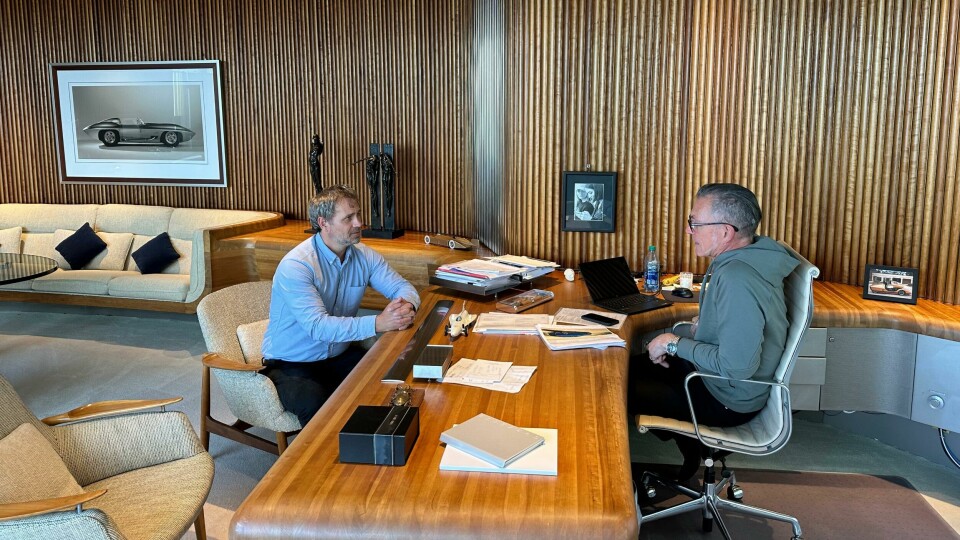
Interview: Michael Simcoe, senior VP design, General Motors
In an exclusive interview with Car Design News, General Motors senior VP of design Michael Simcoe talks about the role of design within the company, the Warren campus extension, and the complexities of electrification
Kicked off by Chevrolet and now led by flagship brand Cadillac, General Motors has dived fully into electrification. But the transition, one of the most ambitious and aggressive in the industry, has not been without its challenges. Running alongside the electrification project is a gargantuan extension of the company’s Warren campus with 360,000 sq-ft of new studios and workspaces. Car Design News caught up with senior VP of design Michael Simcoe in his legendary Saarinen-designed office to discuss the near-term future for GM, the power of design within a corporate structure and why getting his start at GM Australia was crucial to his career.
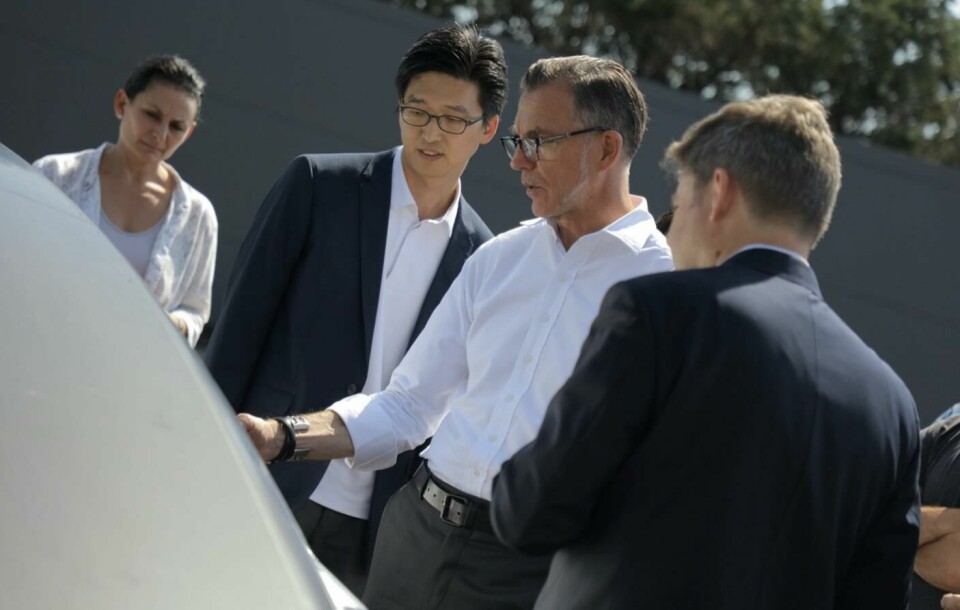
Car Design News: How will you configure the new studio spaces?
Michael Simcoe: Architecturally, it’s laid out in a way that means the designers and the sculptors are all in one place, and there’s a lot of hoteling for program teams, anyone who’s needed. But essentially, they’re built around the chief engineer for the program. And they’re all beholden to the physical piece on the plate. And so if you’ve got the chief engineer with the product, then you’ve got control of the business end of the product.

CDN: And design is leading this transition, to an extent.
MS: Yes, the world will move with us, but we needed to create the architecture that allowed it to happen: the new studios. There’s been a recognition for some time that if you want to get something done quickly and more collaboratively, you stick people together. And our fastest programs, and many times the most successful ones, are the ones where that’s happened.
The world doesn’t need a whole bunch of people who think in ones and twos. There’s already plenty of that. You’re going to need some creative thought to guide where we’re going.
CDN: And what role is technology playing in this transition period?
MS: We use it in the creative sense to explore. It’s removing more and more of the physical properties, and we’re at a point now where it’ll be virtual pretty much all the way through the process and in engineering as well. But the idea of everyone wearing a headset – you would never do that to a studio.
Why would you have a whole bunch of people collaborating in a space and then put them in a virtual space? The tools are great for collaboration over distance, for individuals to be in their own world while they’re experimenting. Quick solutions, when they’re using Gravity Sketch and things like that, 3D sculpting and those software packages will, I guess, get better and better.
The vision capacity of the headsets will get better and they’ll get easier to wear. But it would be a horrible option if people spent all their time in that space; you can’t react to the physical, and you can’t react to somebody else, no matter how lovely your avatar is.

CDN: In some quarters, the idea for the need of the physical model is falling out of favour.
MS: None of those tools are mature enough to rely on totally. And then you have to put your natural self aside if you want to totally focus on them, because your inclination is to still want to work with the physical. So they’re always going to be a tool in the near to medium term. I think long-term, you’ve got a generation of kids who’ve grown up in that space and who can understand proportion a bit better in a virtual environment, and then it might start to change, but it’s going to be physical for a while.
CDN: What role will design play in shaping the future beyond things like form language and stylistic decisions?
MS: The world doesn’t need a whole bunch of people who think in ones and twos. There’s already plenty of that. You’re going to need some creative thought to guide where we’re going. There’s a greater role for more designers in more businesses than currently exists. In the past, all kinds of designers were a minority. They were the people that sat on the outside and influenced. Now, they’re absolutely what businesses need, and have been for some time, to create the product. But they also have a level of critical thinking that you don’t find in most occupations.
CDN: And that critical thinking is often the argument for designers in the boardroom.
MS: If you’re interested in something at that level, there’s no reason not to. It’s only going to add to your quiver. Is being a CEO with a design degree an object in futility? No, not necessarily. It certainly means you’re playing a creative role that actually drives the business. So it’s great, but I don’t think many designers actually want to be there.
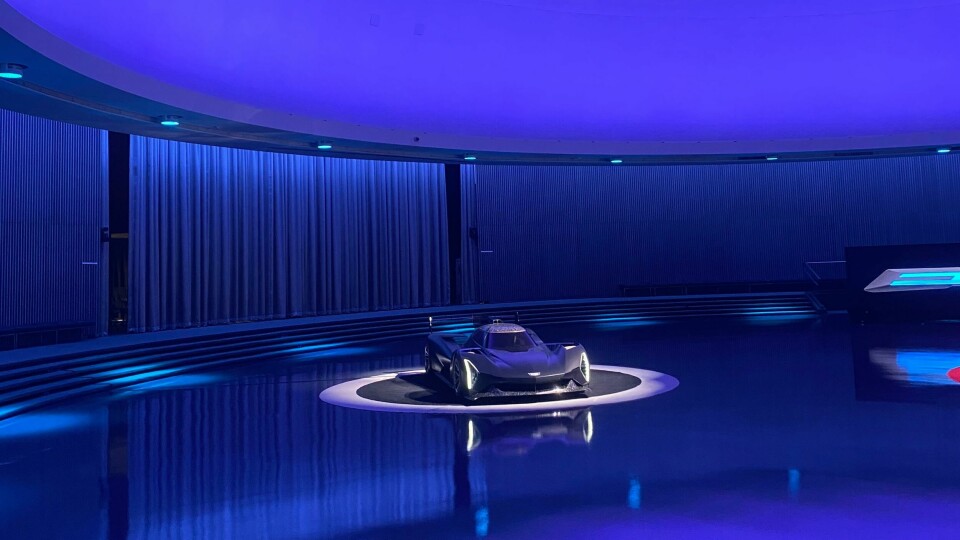
CDN: But if we talk about holistic design – design influencing all touchpoints of the brand – it seems advantageous to have design represented at the highest level in the company?
MS: If you have trust and influence across a particular part of the company then you have an impact in every area of the company. For instance, at GM all the immersive leadership comes out of design. This can be spread across, and in fact some ways works better, in a manufacturing environment or a validation environment, perceptual quality, all those sorts of things. The potential was recognised and then rolled out to the company as a whole, and to some degree, managed by design individuals.
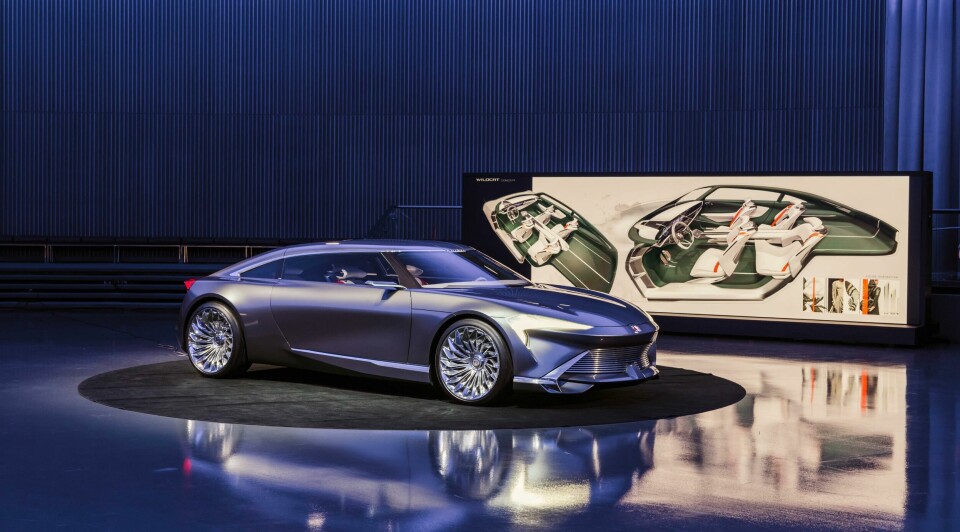
CDN: What’s your assessment of the general portfolio of products you’ve got out there at the moment?
MS: The transition to EV has been very quick, and I think we’ve all stumbled along the way on some of the vehicles, but generally they’re all pretty good. All the brands are in a good place. Cadillac has transitioned the best, because it was already in the throes of looking at itself, going through another rebirth. And I guess the advocacy around EV is what helped.
It’s difficult when you’re hedging, but when you’re committed to a direction like Cadillac is, it made reinventing the brand, at least visually, a bit easier.
With a fully baked software-driven platform, the pieces change, but they don’t get any smaller, necessarily. But generationally, that’ll change
CDN: And what about the other brands? Where do you see the opportunities there, design-wise?
MS: Oh yeah, we’ve got too many of them (laughs). No, they’re all finding their place at the moment. Obviously, we’ve got Chevrolet, which is everything from the speed end of the business, which is the Corvette, all the way through to truck and what the studio calls strength. And you’ve got this sliding scale in between where you apply the performance piece or you provide the truck piece to define a vehicle. So they’ve actually got their act together in that respect. Buick is in this cycle of changing itself, along with influence back and forwards between China, and GMC is pretty solid. But clearly we have to think about where they’re going. Once EV matures, it’s going to make life easier for us, but it has its limits at the moment.
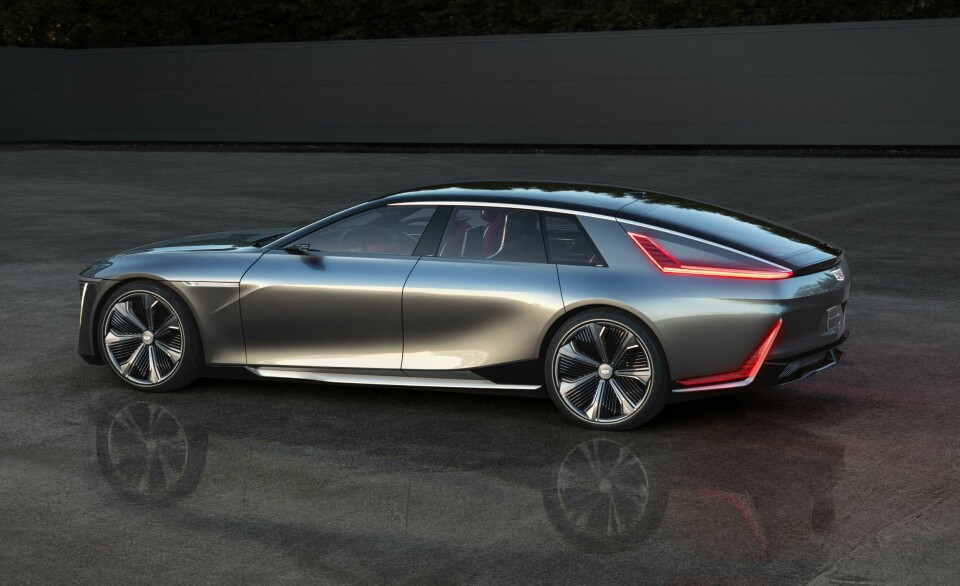
CDN: And what are those limits? Are we talking about packaging?
MS: Packaging more than anything else. Everyone crows, “We’re on skateboards now, so life is easy for everyone.” It’s not, it’s just a different problem.
CDN: What is a different problem, though? Skateboard platforms are one of the aspects that get trumpeted about the greatness of the EV transition.
MS: Yes, but each of those vehicles is carrying more stuff in it now. A big battery is interesting, but it means all the vehicles are scaled larger than they were in the previous generation. You don’t have a gas tank, but you have a large battery, you have motors, but the motors require controllers. Take the covers off an electric vehicle and you’ll see how much is down there.
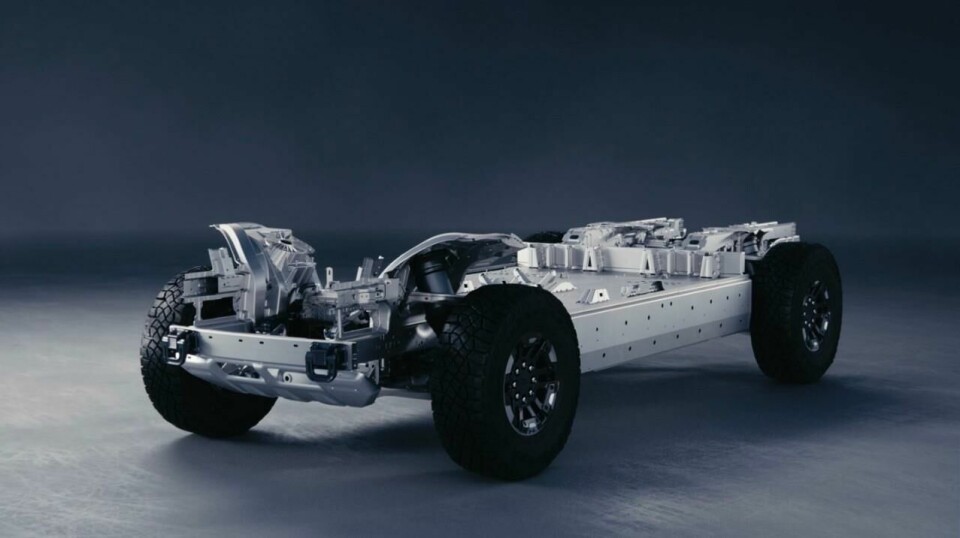
And as we move into drive by wire, the intensity around controllers and electronics ramps up. With a fully baked software-driven platform, the pieces change, but they don’t get any smaller, necessarily. But generationally, that’ll change. Gasoline engines started quite large. Fuel tanks were big and efficiency drove them. And so as EV matures, things will change.
CDN: Has the industry been too quick to try and move into EV?
MS: No, because there had to be a big change of some sort. Forget the environment for the moment, but to move into a new technology like that, dribbling into it would only reveal a lack of commitment. You need a federal government or a state government, you need industry, and you need customers to commit to something to change. If any one of those are missing, then it’s a mess.
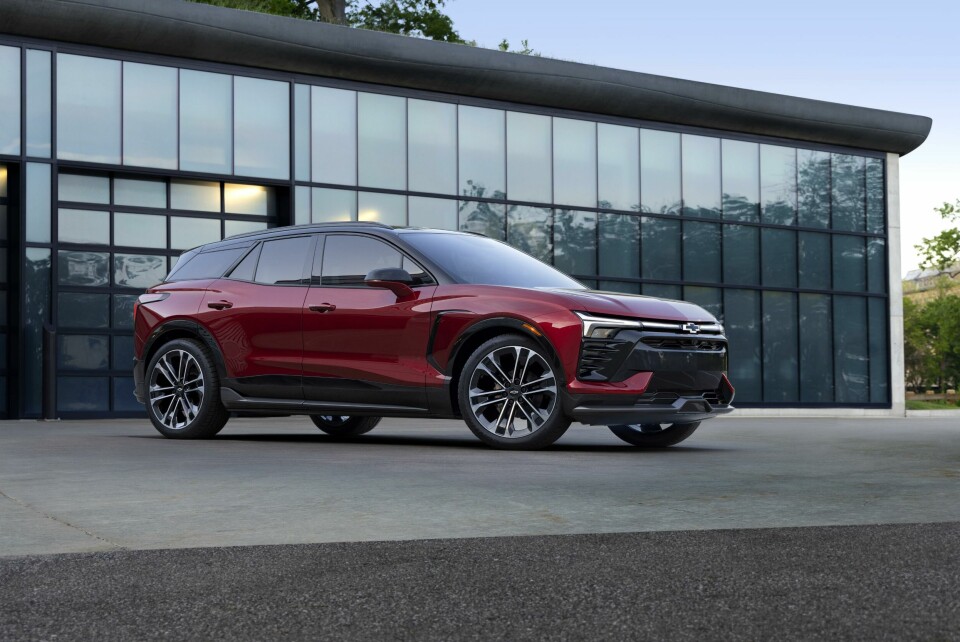
Think about where gasoline was in 1925. It’s probably where we are proportionally right now with respect to EVs. You had to buy gasoline in a pharmacy in some cases back then. There were more horses around in ’25 than there were anything else. So it will change, but it’s changing exponentially faster now because there’s a recognition that we actually need to change the business for our own sake, let alone anything else.
CDN: I just wonder whether people are going to come with us.
MS: Given the opportunity, they already are. Now, China’s changed very quickly, because as a society they can point and shoot much faster, and the maturity of the market was growing at the same time as EVs came in. And local OEMs embraced it because it was a point of difference.
I was never going to be an automotive designer. I thought they were full of shit
CDN: With General Motors, what do you see as the main challenges for you in the next handful of years?
MS: Getting product out there. Getting bums into seats, making people understand that the perception that used to exist around our brands and around General Motors is not the case anymore. And design, if not up there, is one of the biggest pieces of it. Getting people to become emotionally hooked to the brands again and looking for the brand.
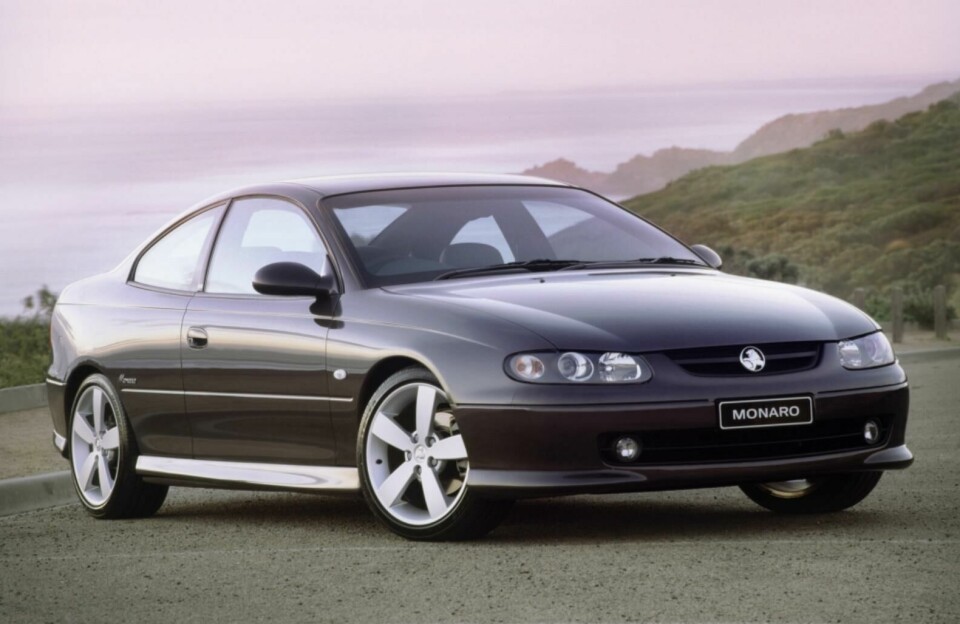
CDN: You are very much a GM man, of course.
MS: Man and boy.
CDN: Did it help to be at GM Australia? To have that distance from the mothership?
MS: If I’d started my life here, I don’t think I would be in this position. Being remote and having the opportunity I had in small studios was pretty important. You get to experience more and influence more on the outside, in a smaller environment, working in Australia, but also with my time in India, China, Korea, Japan, and the States, and Europe.
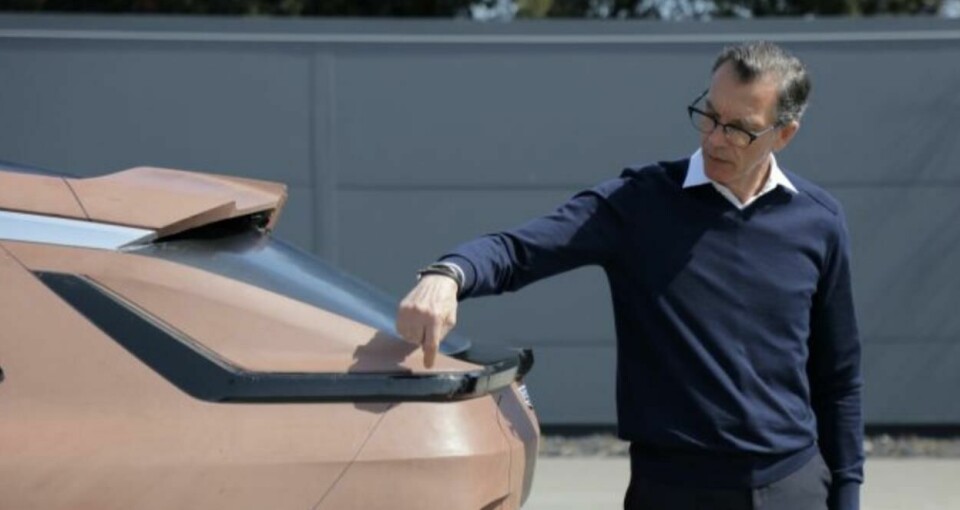
Australia was doing so much with tooling and interaction with companies all over the world because there was nothing local to make cars with. So part of the job as a designer in those days was designing it and then going and making sure it works. That’s what designers do in the small studios. They’re part of a total business.
I learned who in the studios I needed to influence – who was worthwhile talking to and who wasn’t. And by nature, I’m a pretend engineer. I’m rational enough to know how to argue to get what I wanted out of my vehicle. And again, that’s something I learned in a smaller studio. I would never have had that in a world of specialists like we have here. That’s just the scale of the business.
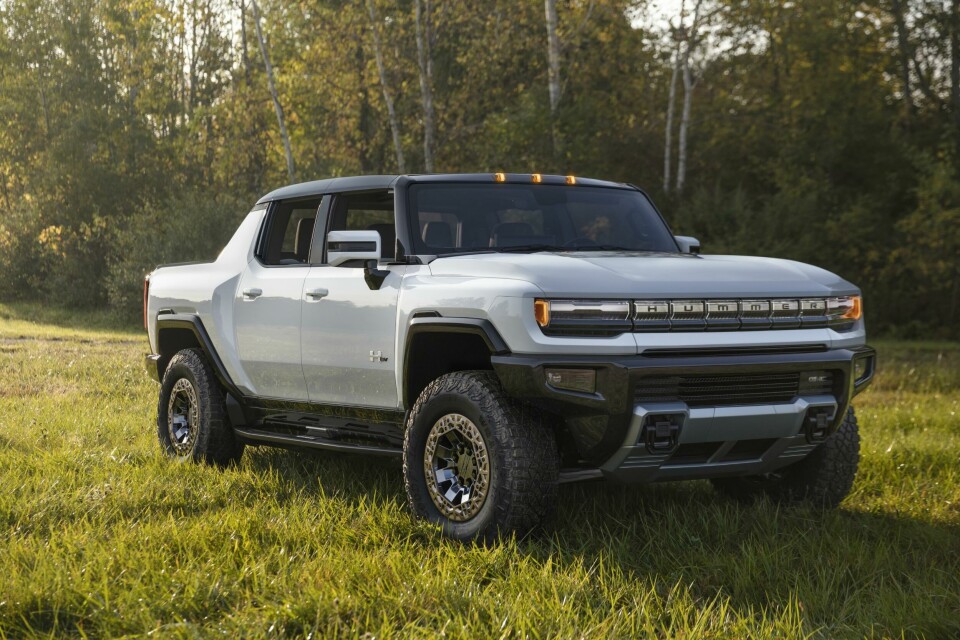
CDN: You studied at RMIT, tell me about that experience.
MS: Indeed, studying product design. I was never going to be an automotive designer. I thought they were full of shit. I wanted to be an architect until the math got me. But industrial design was all that was available there, so I fell into cars in the end. I came back to Australia after working in the UK and picked up an interior design job.
CDN: What made you think that car designers were full of shit?
MS: Well, they were. No, it was mostly because it was such a small profession in Australia that you couldn’t get into it. And frankly, product designers still regard them that way. If all automotive designers could think in the same way as product designers, the world would be a happier place.
CDN: Is there an issue with automotive design education then?
MS: The automotive design schools are teaching kids how to sketch and put a portfolio together. And those kids, when you employ them, you have to spend a lot of time teaching them that the business is not that. The value is the model. So translating is what you need to know how to do. And frankly, there are not too many schools where you’re invested in 3D anymore. That’s sad. Whereas product design, because it’s a little simpler, I suppose, you move in the physical space a little bit easier.



